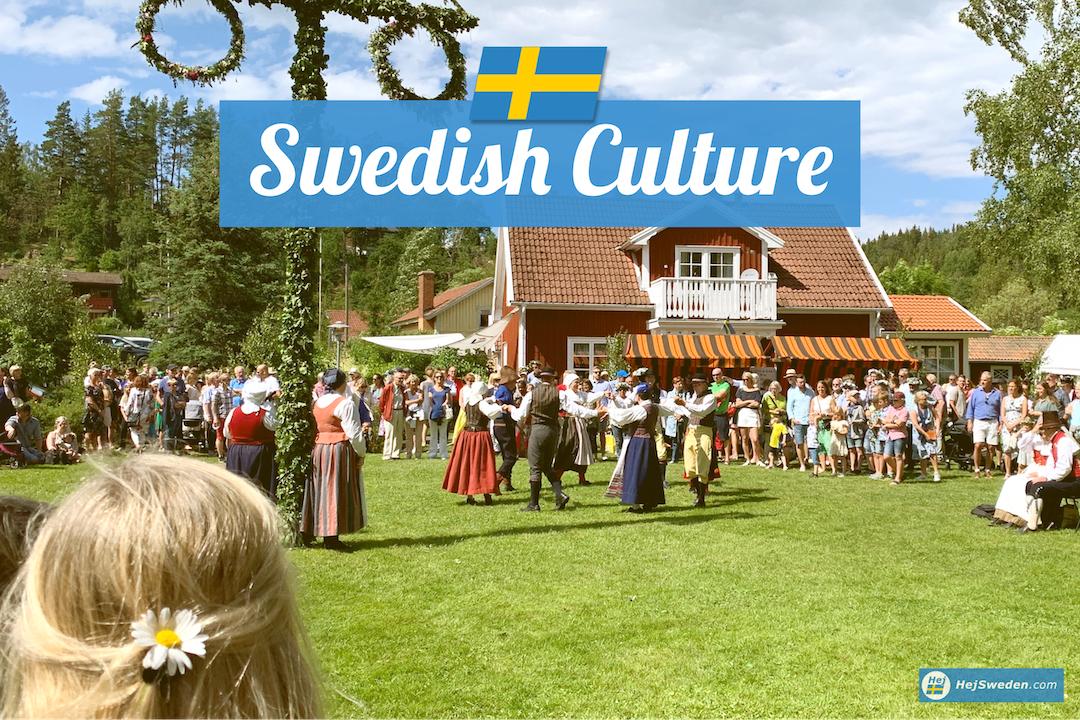Teenagers in Sweden are generally treated as young adults with the capacity to take responsibility and speak for themselves. Among young people in Sweden, it is common to both spend time in each other’s home and in public settings. In small towns, it is more common to stay at one’s house. Informal get-togethers with friends are more common than large parties, which usually only happen on special occasions such as birthdays and graduations.
After school, teenagers often go to youth centers, called fritis, where they can play games, hang out with their friends, or do homework until their parents get back from work. In general, Swedes are very sporty. Skiing, ice hockey and bandy (a type of hockey) are all popular in the colder months, and when it’s warm they take practically any opportunity to spend time outside.
Holidays:
Most Swedish people are members of the Evangelical Lutheran Church, but don’t regularly attend religious services. Some of their holidays include:
- Påsk (Easter) is celebrated over several days, beginning with Skärtorsdagen, the day before Good Friday. Children dress up like old witches with brooms and go door to door to hand out Easter cards and collect candy. On Easter, people dye eggs and gift egg-shaped boxes of candy.
- Midsommar (Midsummer) celebrations are held in late June when summer days are much longer. Midsommar is celebrated outdoors, where festivities include traditional music, dancing around the maypole, barbecues, and picnics. People bring drinks and sing traditional drinking songs. Women and children also wear flowers in their hair.
Language and Communication Styles
Official Language:
The official language of Sweden is Swedish.
Communication Style:
Swedes are known for their direct communication style. They place an enormous value on compromise. At times, they tend to be blunt and literal while voicing their opinions, which could be misconstrued as confrontational. However, Swedish culture values diplomacy and simply intends to demonstrate honesty towards an issue, not towards an individual.
Generally, Swedes seem shy at first. While this may be perceived as a disinterest in others, they tend to value modesty and reservation. They prefer to separate their personal and public lives.
Food in Sweden
The Swedish Diet:
The most common meal in Swedish families consists of fish or meat and potatoes, rice or pasta. You will also quickly learn the concept of “fika.” That is coffee/drinks with cookies or often “kanelbulle”, a bun with cinnamon. Typical traditional Swedish food include for meatballs, herring and Smörgåsbord (buffét). Vegetarianism is becoming more popular in Sweden and you can get vegetarian food in almost every restaurants. School food is often influenced by other cultures, although changed to suit a Swedish context.
https://www.afsusa.org/countries/sweden/#afs-nav-people



